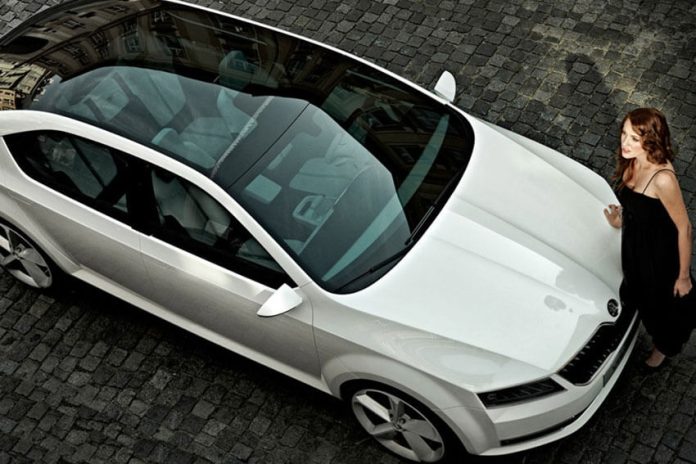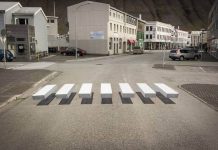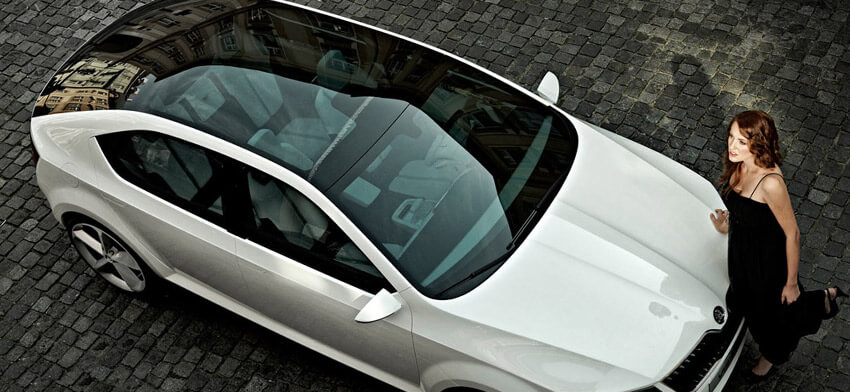
There is nothing more beautiful and attractive than the appearance of a car with a panoramic sunroof. Just look at the new Mercedes-Benz C-Class or Kia Stinger, cars equipped with all-black tinted glass roofs look simply stunning. What is especially cool is the contrast between the dark roof and the lighter overall color of the car, such as snow-white pearl or light silver metallic.
Most people will agree that these cars look very good, but, in practice owning a car with a panoramic sunroof may raise important issues that need to be considered when buying a new car before ticking the box choosing this option.
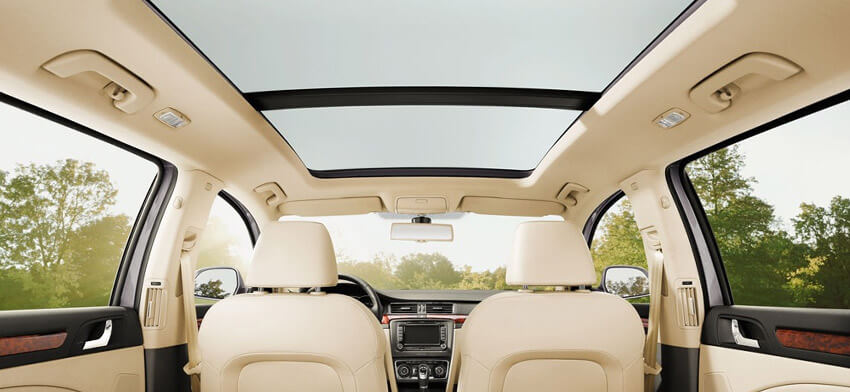
1. Increased Temperature Inside the Car
This is obvious, but a panoramic sunroof literally creates a massive window through which direct sunlight enters your car. The severity of this problem depends on your geographic location, how high the summer temperatures are, and the clarity of the sky—which will determine how strong and intense the sunlight will be. For example, in Australia, the average summer daytime temperature sometimes exceeds 40°C, combined with crystal clear blue skies. These conditions allow the sun to be simply scorching. In Russia, you can also find places with hot and sunny climates.
On hot days, leaving any vehicle in the sun for 15 minutes or more will notice a significant increase in the temperature inside, and in a car with a panoramic sunroof, the temperature inside will immediately skyrocket. You might think that tinted glass will help, but unfortunately, in our experience, it makes little difference. Tinted glass works on the principle of directly absorbing UV rays instead of letting them in, essentially creating a large, black, superheated element on top of the car.
Retractable fabric awnings mounted directly below the panoramic sunroof prevent some of this heat from being transferred into the cabin, but this also means that an incredible amount of heat will build up in the space between them. This heat can radiate into the cabin for some time after you get in the car and start driving, meaning that your car’s air conditioning system will have to work much harder to lower the cabin temperature and then maintain it.
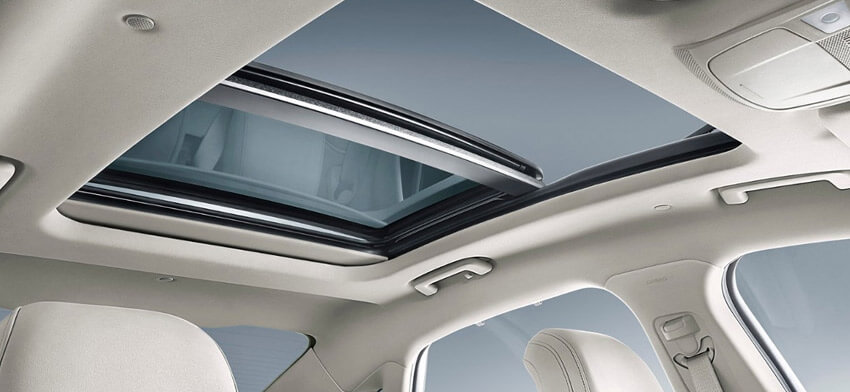
2. Reducing Cabin Headroom
If you think that choosing a panoramic sunroof in your car will give you more space, then this is not the case. You see, the extra space required for the panoramic sunroof motor and roller sunshades means your car will likely have less headroom than it did without it. Sometimes the difference can be as much as 50 mm.
Removing the sunroof or opening the sunroof doesn’t solve the problem either, as the opening itself isn’t positioned far enough from the driver’s head. Simply put, taller drivers would have to tilt their heads toward the center of the car to position their head within the panoramic sunroof opening. The only alternative for tall drivers is to recline the seatback to increase headroom, but this may create ergonomic issues related to the steering wheel and pedal reach.
Therefore, if you are a fairly tall person, then you should definitely check the seating position in a car equipped with a sunroof before you decide to buy a car with this option.
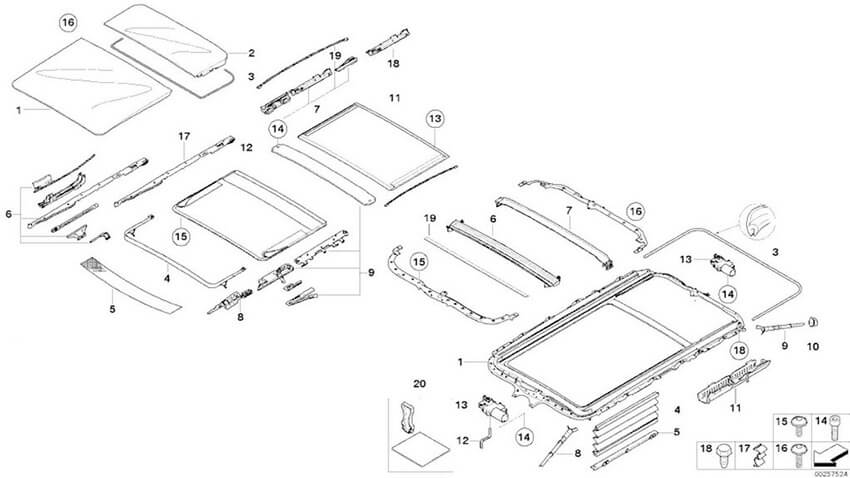
3. Added weight to the car
Car manufacturers make every effort to reduce the weight of their cars, as this provides benefits when it comes to acceleration, braking and fuel economy. Where possible, they also try to position heavy items (like the engine, gearbox, and fuel tank) as low as possible to improve the car’s stability and handling.
So experts don’t need reminding that a 100kg-plus glass roof running across the very top of a car isn’t the best idea. The reason they weigh so much is because glass is a hell of a lot thicker and heavier than steel or aluminium roof panels, not to mention all the extra reinforcement bars, electric motors, and drainage channels that are required.
Think of it this way. Having a panoramic sunroof on your car can be like having an extra passenger in your car – and that’s practically permanent.
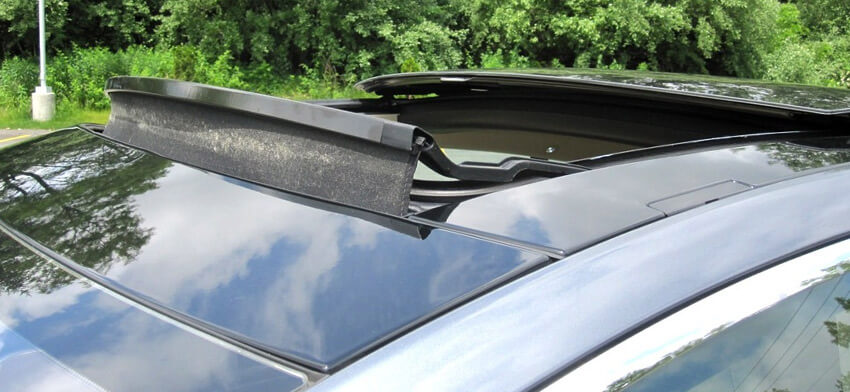
4. Adding Complexity and Noise
While this is similar to the extra weight issue we mentioned above, it’s an important issue that needs to be addressed separately. Panoramic sunroofs add additional complexity to a vehicle. Where there was once just sheet metal and headliner, there are suddenly two or more heavy glass panels; electric motors, switches, channels, and rollers for the sunroof; plus the main motor and sliding mechanism for the sunroof panel itself.
In addition to all these parts that can break or fail, they’re also located right above your head—with the potential for all sorts of noises, squeaks, and rustling sounds that can develop over time and irritate you while driving. It’s also worth noting that raindrops hitting a glass roof also sound somewhat louder.
A regular steel or aluminum roof is not only quieter, but most importantly, it doesn’t contain anything that could rattle or break over time.
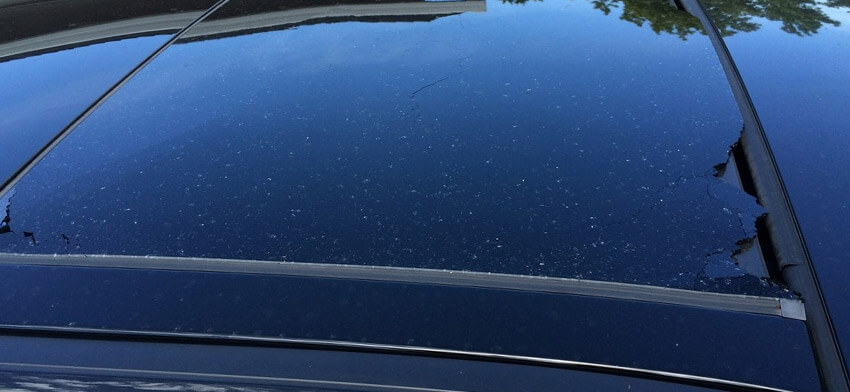
5. Reduced Structural Integrity
A panoramic sunroof is essentially a giant hole in your car’s roof, and while this may contribute to the car’s structural rigidity, it will never be as strong as a car with a regular roof. It’s also worth considering that the sunroof’s rubber seals are not inherently 100% waterproof. While rubber seals keep out most of the water, the entire sunroof design relies on drainage channels in the vehicle’s roof to prevent moisture from entering the cabin.
These drain points can sometimes become clogged, which can cause the drainage channels to overflow and allow water to enter the cabin.
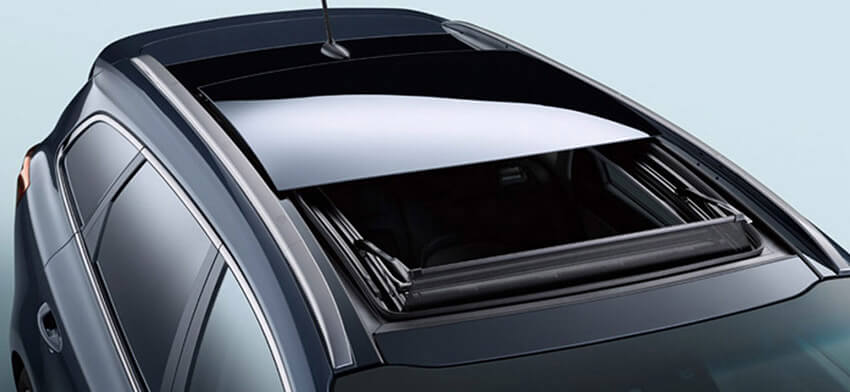
6. How Often Will You Use It?
People often buy convertibles because they think they will be putting the roof down all the time, but the reality is that this is simply not the case. Often, it is simply too hot, too cold, or too windy to drive with the roof down, and as a result, the driver eventually stops using it. Cars with a panoramic sunroof often face a similar fate.
Like a convertible, a panoramic sunroof is an all-or-nothing proposition by design. On most cars, the sunroof can’t be opened unless the interior shades are completely retracted, meaning the entire car is exposed to the sun. This makes it pointless to leave the sunroof open while parked (to exhaust hot air from the car), as the glass roof will let in much more heat than the sunroof can expel.
Also, sunroofs are often too loud when open, at speeds above 50 mph (80 km/h), unless you enjoy yelling loudly at your passengers just to have a conversation.
So, Do You Still Want a Panoramic Sunroof?
Despite their drawbacks, some car owners love their cars with sunroofs. But perhaps they live in a more forgiving climate, or the systems used in their cars are better designed. Maybe it’s better to save money and buy a car without a panoramic sunroof?
These cars may look fantastic, and the idea of owning a car with a panoramic sunroof is extremely appealing, but keep in mind that reality may not meet your expectations.
REMEMBER: You can always contact our auto repair shop, where we will be happy to provide professional technical assistance for your car. You can also schedule a scheduled technical inspection with us! Please check out our car repair and diagnostic services.
,
VEBER-AUTO Car Service
194044, St. Petersburg
Neyshlotsky Lane, Building 5, Building 3
District: Vyborgsky
Metro: Vyborgskaya – 800 m.
,
Open seven days a week, from 9:00 to 21:00.
,
sto@veberauto.ru
,
8 (812) 321-00-00


